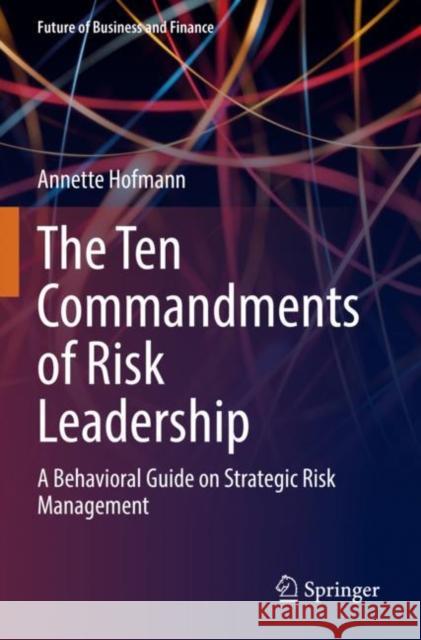The Ten Commandments of Risk Leadership » książka
topmenu
The Ten Commandments of Risk Leadership
ISBN-13: 9783030887995 / Angielski / Miękka / 2023 / 182 str.
The Ten Commandments of Risk Leadership
ISBN-13: 9783030887995 / Angielski / Miękka / 2023 / 182 str.
cena 200,77
(netto: 191,21 VAT: 5%)
Najniższa cena z 30 dni: 192,74
(netto: 191,21 VAT: 5%)
Najniższa cena z 30 dni: 192,74
Termin realizacji zamówienia:
ok. 22 dni roboczych.
ok. 22 dni roboczych.
Darmowa dostawa!
Kategorie:
Kategorie BISAC:
Wydawca:
Springer Nature Switzerland AG
Seria wydawnicza:
Język:
Angielski
ISBN-13:
9783030887995
Rok wydania:
2023
Ilość stron:
182
Wymiary:
23.5 x 15.5
Oprawa:
Miękka
Dodatkowe informacje:
Wydanie ilustrowane











